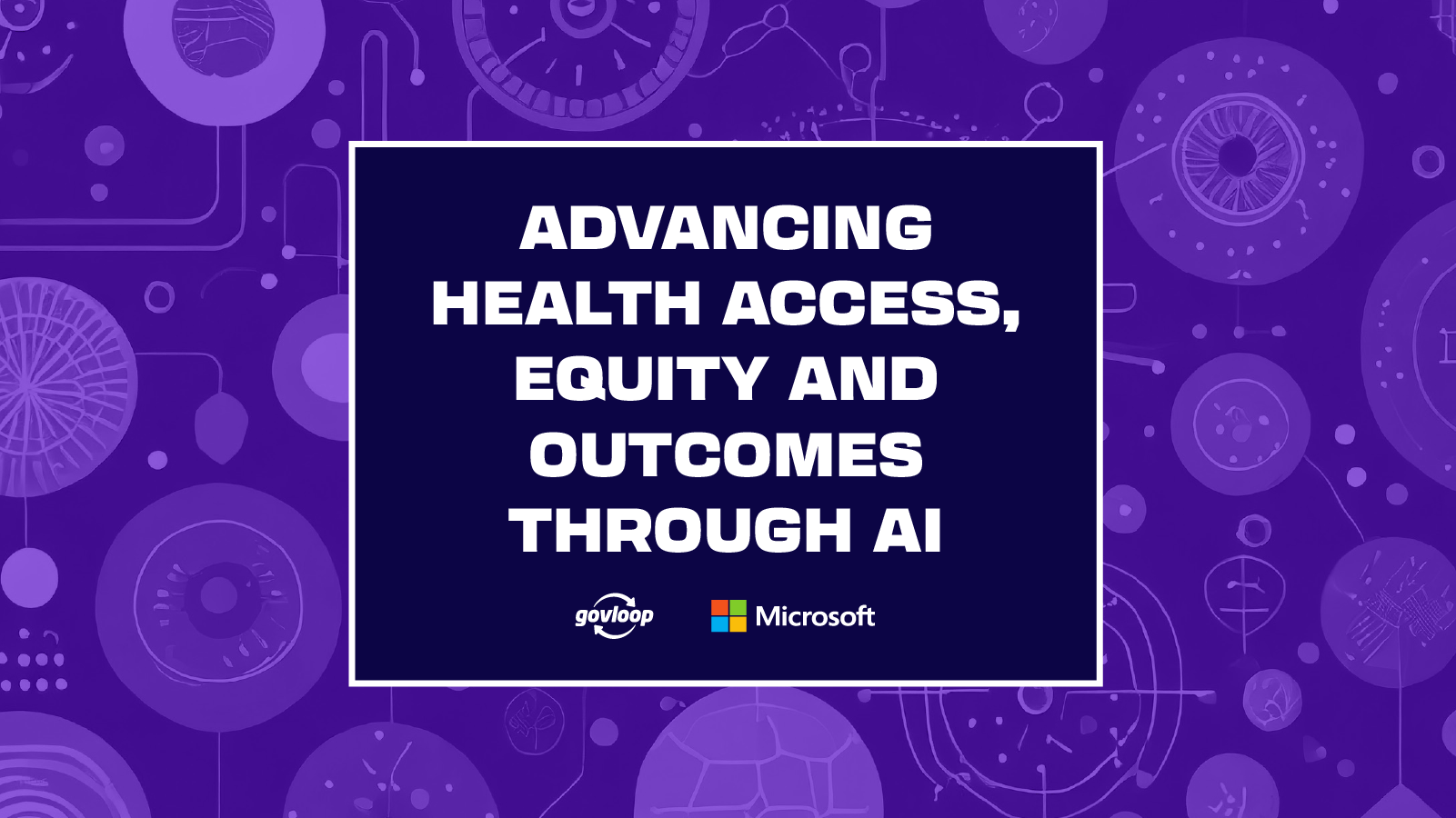Artificial intelligence and analytics are already transforming the way federal health agencies meet their missions and support constituents.
But to truly realize their health care potential, AI systems must be developed responsibly and in ways that warrant people’s trust.
Let’s explore a case study featuring the Department of Veterans Affairs and how they’ve successfully used analytics and AI:
The Problem: Early in the COVID-19 pandemic, the VA needed a way to track and react to positive cases among veterans while also monitoring the availability of beds at VA-run hospitals.
The Solution: For help, officials built three cloud-based dashboards that provided a firsthand view of near real-time data across the largest integrated health care system in America. The executive-level dashboard gave VA leaders an overview of the number of cases and the virus’s impact departmentwide. Another dashboard provided mission-critical information to the health care system leaders who manage 170 local VA medical centers, and the third summarized the status of patients who had been treated at VA facilities.
The Outcome: The near real-time information lets officials make decisions about community needs based on data about individual patients. This enabled them to shift resources, such as staff, ventilators and personal protective equipment, to the places — and patients — with the greatest need.
For more real-life examples of responsible AI usage in healthcare, download this playbook, Advancing Health Access, Equity and Outcomes Through AI.





Leave a Reply
You must be logged in to post a comment.